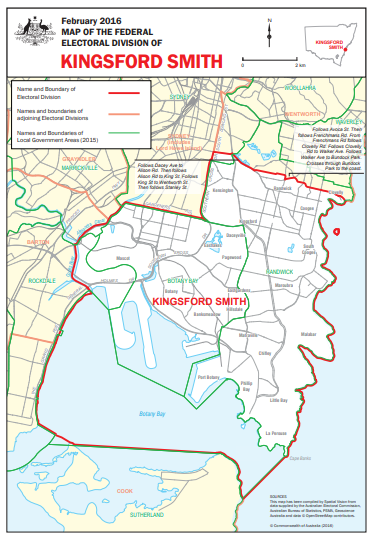|
|
|
|
| Adam Carr's Election Archive
|
Australian federal election, 2022
Division of Kingsford Smith, New South Wales
Named for: Sir Charles Kingsford Smith (1897-1935), pioneer aviator
Eastern Sydney: Botany, Coogee, Eastlakes, Maroubra, Randwick
State seats: All of
Maroubra, parts of
Coogee and
Heffron
Local government areas: Parts of
Bayside and
Randwick
Borders with:
Barton,
Grayndler,
Sydney and
Wentworth
Enrolment at 2019 election: 111,170
Enrolment at 2022 election: 115,317 (+03.7)
1999 republic referendum: Yes 55.2
2018 same-sex marriage survey: Yes 64.1
Sitting member: Hon Matt Thistlethwaite (Labor):
Senator 2011-13. Elected 2013, 2016, 2019
2007 Labor majority over Liberal: 13.3%
2010 Labor majority over Liberal: 5.2%
2013 Labor majority over Liberal: 2.7%
2016 Labor majority over Liberal: 8.6%
2019 Labor majority over Liberal: 8.8%
Liberal two-party vote 1983-2019
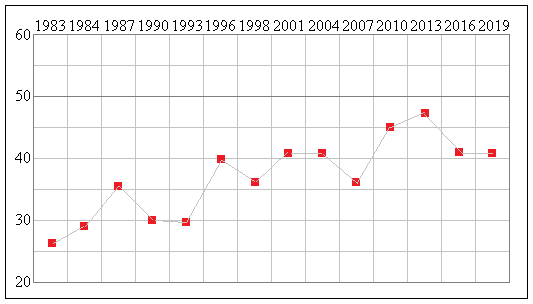
Status: Fairly safe Labor
Best Labor booths, two-party vote: Eastlakes East (72.9), Hillsdale (70.0), Mascot (67.4), Bunnerong South (65.8),
Eastlakes (65.4), Randwick East (65.0)
Best Liberal booths, two-party vote: Kensington Central (51.2), Kensington West (50.7), Coogee South (49.5),
Kensington Park (48.6), Waverley PPVC (46.6)
2019 results
Statistics and history
Candidates in ballot-paper order:
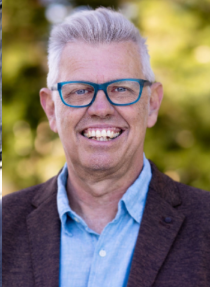 |
 |
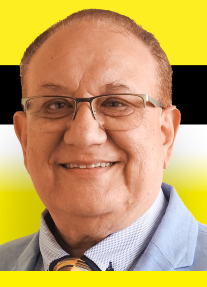 |
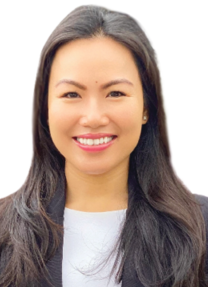 |
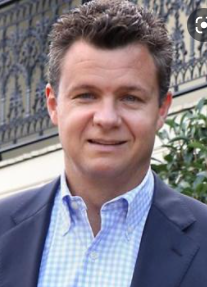 |
1. Stuart Davis
Australian Greens |
2. Darrin Marr
Pauline Hanson's One Nation |
3. Anthony Tawaf
United Australia Party |
4. Grace Tan
Liberal Party |
5. Hon Matt Thistlethwaite
Australian Labor Party |
Candidate websites:
Stuart Davis
Grace Tan
Anthony Tawaf
Hon Matt Thistlethwaite
Division of Kingsford Smith
Kingsford Smith (until 2001 spelled Kingsford-Smith) was created in 1949, originally based on the beachside
suburbs around Coogee, but expanding south to Maroubra and west to Mascot at successive redistributions.
Originally a middle-class marginal, it became a safe Labor working-class seat in the 1960s and '70s. Since
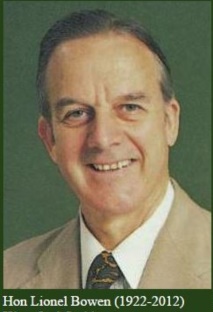 the 1980s it has become increasingly wealthy and multicultural, and now has a median family income level
and a proportion of people in professional and managerial occupations in the top 25% of electorates. It also has the very
low levels of families with dependent children and of dwellings being purchased typical of inner-city seats.
the 1980s it has become increasingly wealthy and multicultural, and now has a median family income level
and a proportion of people in professional and managerial occupations in the top 25% of electorates. It also has the very
low levels of families with dependent children and of dwellings being purchased typical of inner-city seats.
The social change in this area has not much changed the seat's politics, however: it remains a fairly safe
Labor seat. Labor's strongest areas are in Eastlakes and Randwick, while there are pockets of Liberal
strength in Coogee and Kensington. Members for Kingsford Smith have included Labor luminaries
Lionel Bowen (Deputy Prime Minister in the Hawke government),
Laurie Brereton, (Cabinet minister in the Keating government), and rock-star-turned-politician
Peter Garrett, who had an unhappy time as a minister in the
Rudd-Gillard Government. Garrett resigned in 2013 rather than serve under the second Rudd regime, and
retired at the 2013 election.
Matt Thistlethwaite, MP for Kingsford Smith since 2013, was an industrial officer with the Australian
Workers' Union and deputy secretary of Unions NSW before being elected to the Senate in 2010. He was
a parliamentary secretary in the last year of the Rudd-Gillard Government. In 2013 he transferred to the
House, retaining Kingsford Smith for Labor by a narrow margin. He is now Shadow Assistant Minister for the
Republic and Shadow Assistant Minister for Financial Services and Superannuation. The Liberal candidate is Grace Tan, whose
occupation is not stated. The Greens candidate is Stuart Davis, a choir director.
Demographics:
Median weekly household income: $1,794 (Australia $1,438)
People over 65: 13.3% (Australia 15.8%)
Australian born: 49.9% (Australia 66.7%)
Ancestry: Chinese 11.5%
Non-English-speaking households: 40.0% (Australia 22.2%)
Catholics 27.3% (Australia 22.6%)
Orthodox Christian: 6.0%
No religion 28.8% (Australia 29.6%)
University graduates: 34.2% (Australia 22.0%)
Professional and managerial employment: 45.6% (Australia 35.2%)
Employed in manufacturing and construction: 16.7% (Australia 22.9%)
Paying a mortgage: 24.2% (Australia 34.5%)
Renting: 46.6% (Australia 30.9%)
Traditional families: 30.0% (Australia 32.8%)
Back to main page
|
|
 the 1980s it has become increasingly wealthy and multicultural, and now has a median family income level
and a proportion of people in professional and managerial occupations in the top 25% of electorates. It also has the very
low levels of families with dependent children and of dwellings being purchased typical of inner-city seats.
the 1980s it has become increasingly wealthy and multicultural, and now has a median family income level
and a proportion of people in professional and managerial occupations in the top 25% of electorates. It also has the very
low levels of families with dependent children and of dwellings being purchased typical of inner-city seats.

